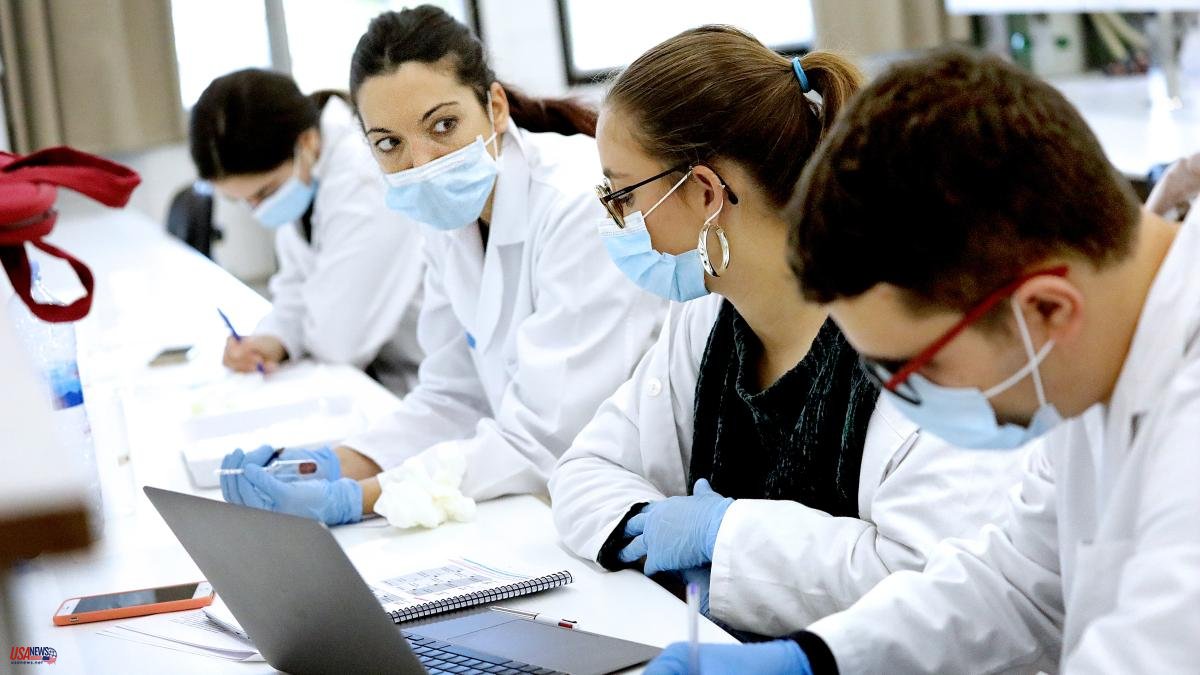A total of 246 specialized health training places in family and community medicine have remained vacant after the extraordinary award that concluded yesterday. As in the previous two years, it is the only specialty that has not managed to complete the mir offer, which totaled 2,492 positions.
The ordinary procedure concluded last Friday with 473 free positions, the majority in family medicine (459) and the rest in preventive medicine (12) and public health (2). These last two branches were completed in the repechage, but the family leaves empty places in ten autonomous communities: Andalusia (39), Aragón (17), Castilla y León (47), Catalunya (22), Extremadura (49), Galicia (42 ), Balearic Islands (10), La Rioja (9), Navarra (7) and Asturias (4).
The playoff was especially productive for Catalonia, which has filled 76 of the 98 vacancies in the first instance. The biggest hole occurs, like last year, in the Sant Fruitós de Bages teaching unit, in the Central Catalunya health region (12). The rest of those affected are teaching units in Sabadell (2), Terrassa (2), Palamós (2), Lleida (2) and Tortosa (2).
After the extraordinary call, Extremadura takes over from Catalonia as the community with the most deserts, which are located in Badajoz (12), Cáceres (5), Coria (4), Don Benito (11), Llerena (5), Navalmoral de la Mata (5) and Plasencia (7).
While the large capitals, or the metropolitan area of Barcelona, managed to finish in the first call, rurality is consolidated as an important factor in the rejection of future doctors. In this sense, three teaching units (all rural) have failed to attract any residents: Coria (Extremadura) offered four vacancies; Barbastro (Aragón), six and Miranda de Ebro (Castilla y León), 11. In others the acceptance has been minimal, such as in Alcañiz (Teruel), with only one place assigned out of the eight in the competition.
3,460 candidates who for whatever reason had decided not to choose a place in the ordinary call were eligible for the repechage, a record number of non-appearances. On the other hand, the Ministry of Health expanded by 355 positions the quota of non-EU citizens who could access the extraordinary call. The assignment ends with 8,522 places with first and last names, 97% of the 8,768 offered. After passing a medical examination, the new residents will join their positions on May 6 and 7. The challenge for the system is to retain family doctors in training, since 9% of mir drop out and between 50% and 90%, depending on autonomy, leave the specialty when they finish residency.
The Spanish Society of General and Family Physicians attributed the high number of non-appearances to the high rate of hiring of people without the qualification of family doctor by the autonomous communities, with salaries much higher than those of residents. “So, if they are not convinced that they want to spend the rest of their lives being family doctors, they know that if they do not get a position they can give up until next year,” reasoned the president of the SEMG, Pilar Rodríguez, who demanded the elimination of this practice.
Mónica García, Minister of Health, attributed the failure of family medicine to work circumstances: “People identify that the place where they are going to work is not a place where they can practice medicine well and I insist that I believe that There is a precious part of primary care that we are letting slip through the drain of working conditions.”













